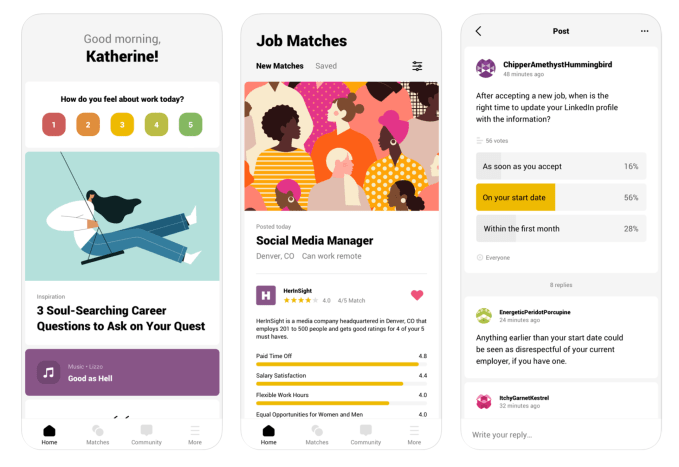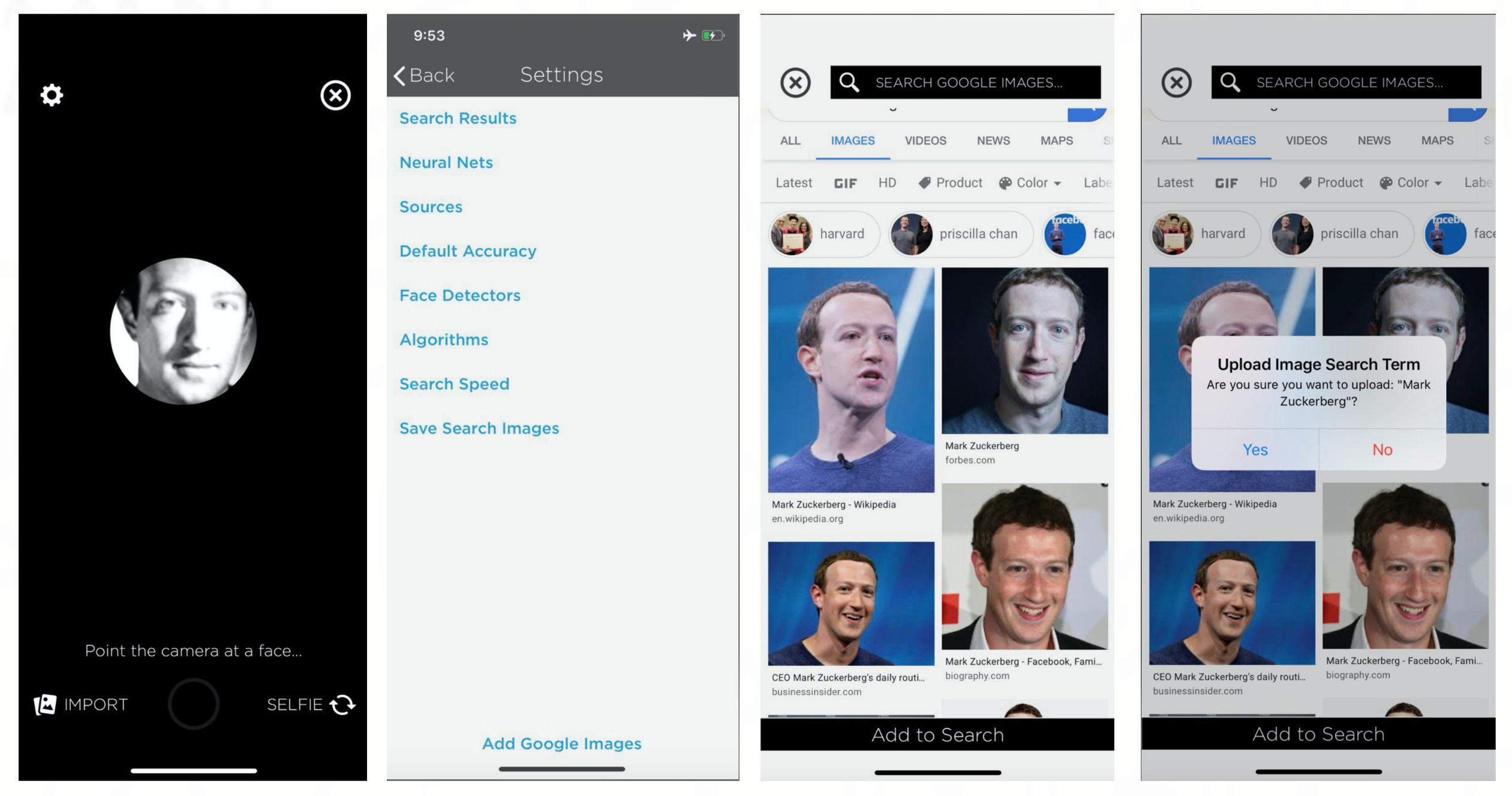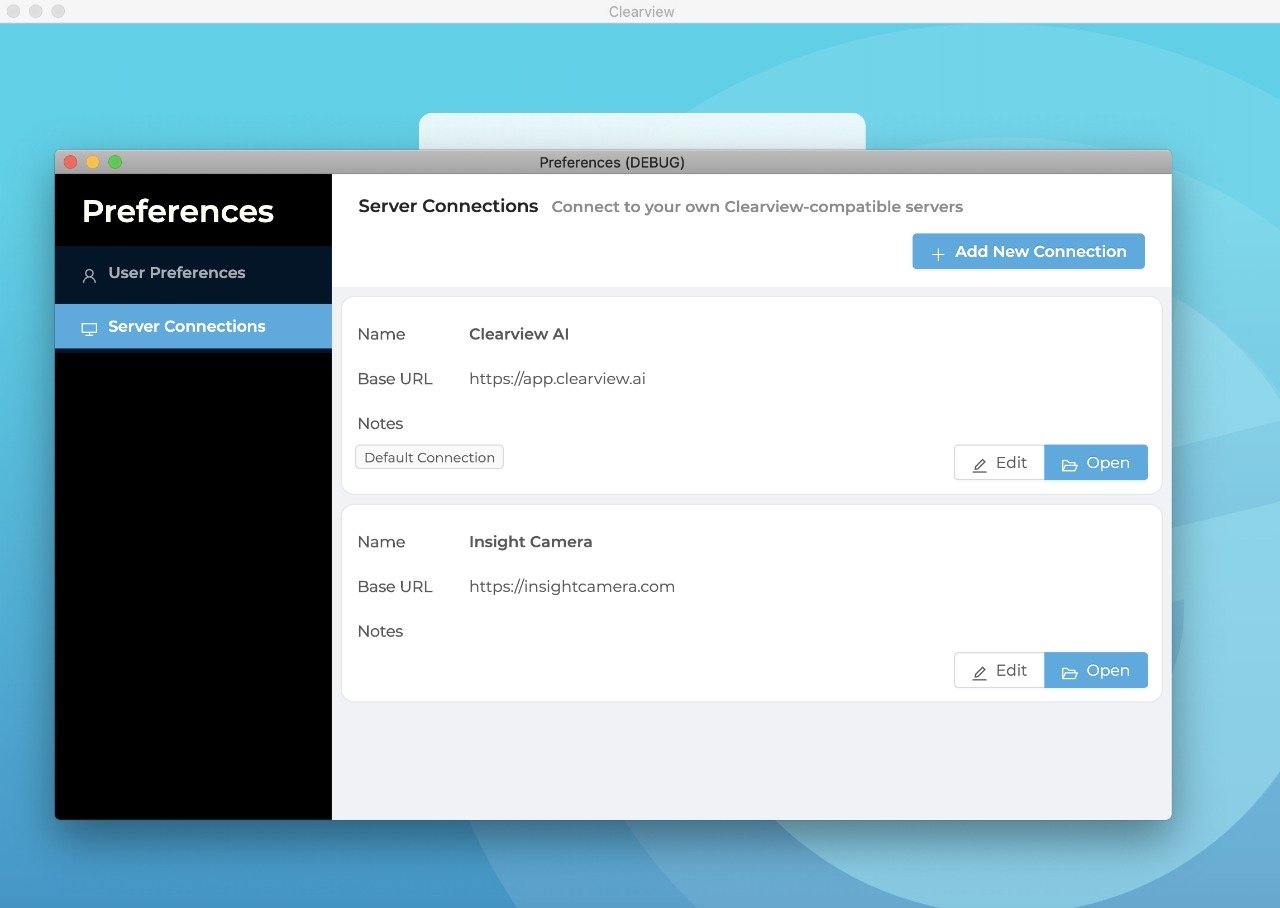Nearly 60% of the over 700,000 jobs lost in the first wave of pandemic layoffs were jobs held by women, according to data from the Institute for Women’s Policy Research. But women in search of a new job often have different requirements for employers, compared with their male counterparts. Beyond the usual concerns around hours, salaries, and benefits, women often want to know about a company’s culture, policies around work-life balance, child care, mentorship, growth opportunities and other factors. That’s where InHerSight’s new mobile app for women job seekers aims to help.
The InHerSight platform, first launched in 2015, is something of a Glassdoor for women job seekers. Here, women anonymously rate their workplaces, which allows the company to collect data on 16 key metrics that often matter more to working women.
This includes flexible work hours, maternity and adoptive leave, child care, availability of lactation rooms, salary satisfaction, mentoring, management opportunities for women, and female representation in leadership positions.
Women can then use this database to research companies and find jobs that better support their own career goals — as well as avoid those that do not.
To date, the company says women have anonymously rated over 100,000 companies on its platform. Last year, it matched users to over 3 million open positions and now expects this number to grow significantly due to the current unemployment levels.

The new InHerSight mobile app will do more than offer job matches, however. It’s a more comprehensive experience.
When logged in with a free, anonymous account, women can set their goal for job seeking. This can be something as simple as “Get Hired,” or a more nuanced condition, like “Find Balance.” They then input career and job search data like experience, job title, company culture, and benefit “must-haves.”
InHerSight will curate the experience from there to cater to the user’s particular needs.
On the app’s home feed, job seekers will gain access to articles, podcasts, music, stats and other tidbits curated based on their personal interests and goals. This content will refresh daily, InHerSight says.
Women can also anonymously take polls and ask questions in the InHerSight community, which is also accessible through the app.
And based on the criteria provided, the app will send users up to 10 new job matches per day for companies that are hiring.
“We’re excited to provide women with such a tailored job search tool and resource for navigating their careers,” said InHerSight co-founder and CEO Ursula Mead, about the app’s launch. “We believe strongly at InHerSight that every woman’s career path is different, and we want to give them the power and insight they need to pursue jobs at companies they love.”
Despite the massive unemployment caused by the COVID-19 pandemic, some employers are still hiring. The tech giants in particular continue to be talent-hungry, even as smaller startups trim staff and freeze hiring. Others in e-commerce, including Walmart, Amazon and grocery delivery providers like Instacart, are rapidly expanding their workforce.
InHerSight, however, doesn’t really focus on finding your next gig, but rather the next step in your career. To date, its platform has been used by employers including government agencies and household names like Amazon, Google, Coca-Cola, Walmart, and Microsoft.
The N.C. Triangle-area company is backed by $5 million from investors including Motley Fool Ventures, GrowthX, and Carolina Angel Network, among others. Its customers are the employers looking to recruit female talent. Though InHerSight didn’t provide specifics, it claims high retention about its customer base due to its ability to prequalify their job offers for women across key aspects of company culture.
“Our hope is that women using the app after being laid off or while furloughed can jumpstart their search using the tools we’ve provided,” said Mead, of the new app. “Of course, we want women who need jobs to find them as fast as possible, but we also want to return to them that sense of control over their careers,” she added.
The new InHerSight app is available as a free download on iOS and Android.








